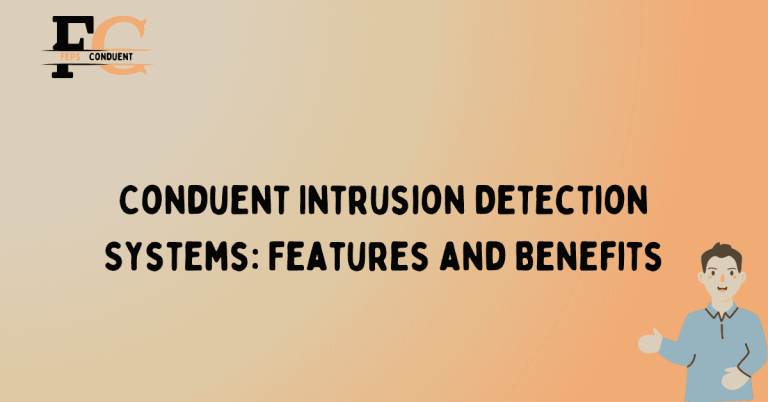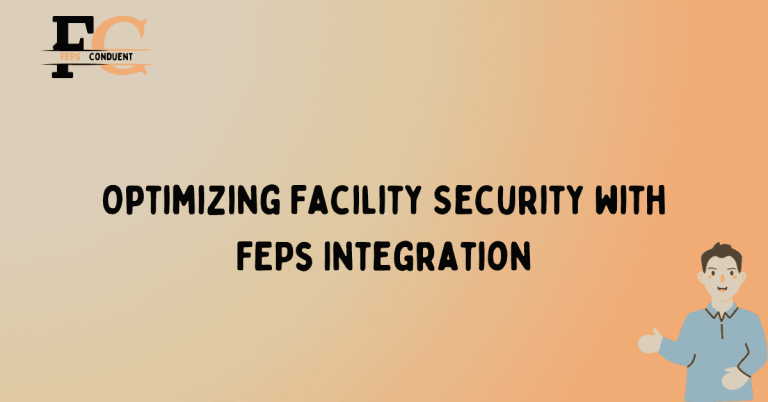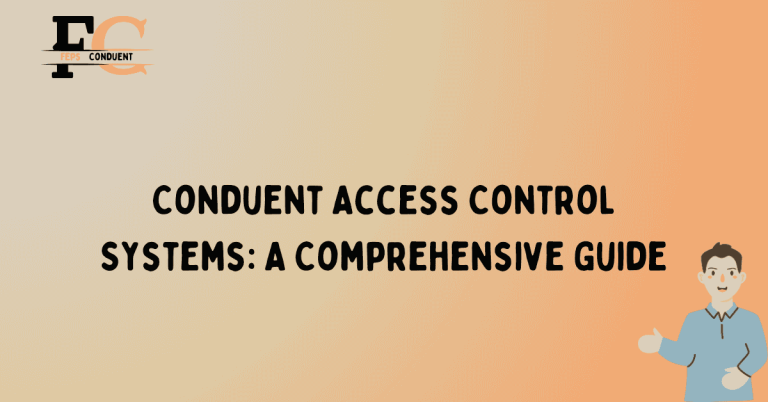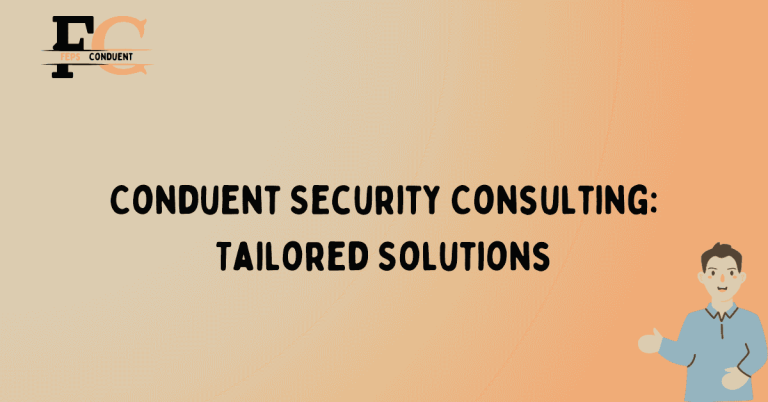Conduent Physical Security Planning: Key Considerations
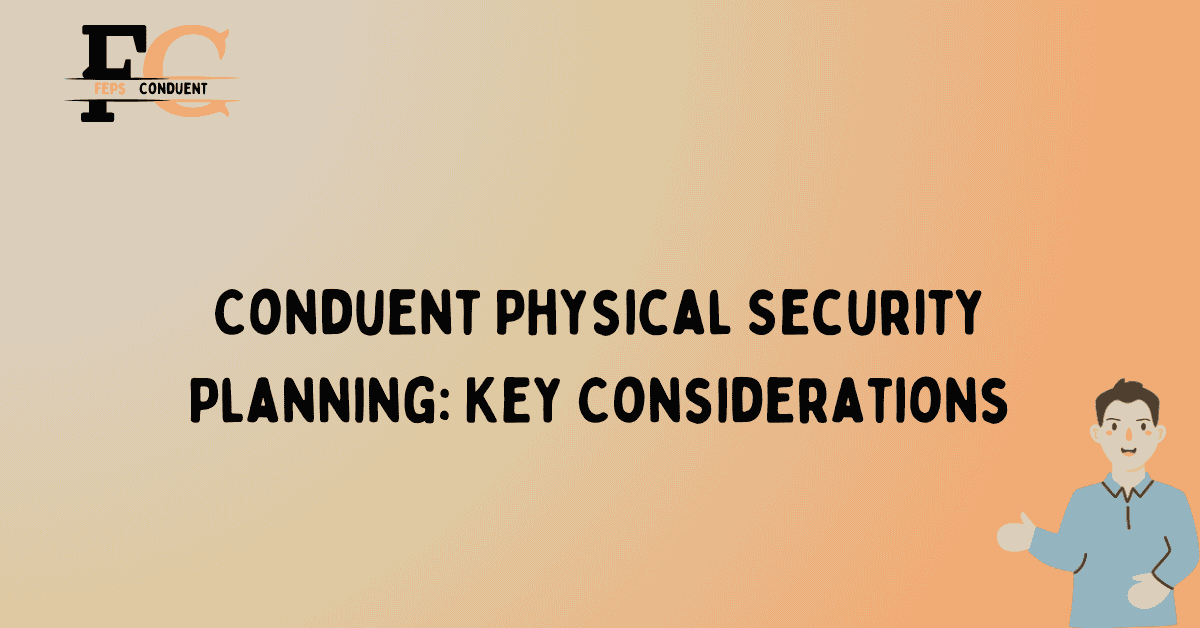
When it comes to physical security planning, there are several key considerations that need to be taken into account. The safety and security of a facility or organization is of utmost importance, and proper planning is essential to ensure that all potential risks and threats are addressed. From assessing vulnerabilities to implementing appropriate security measures, every step of the planning process plays a crucial role in creating a secure environment.
One of the primary considerations in physical security planning is conducting a thorough risk assessment. This involves identifying and evaluating potential threats and vulnerabilities that could compromise the safety of the facility. It is important to consider both internal and external factors, such as access control, surveillance systems, and emergency response protocols. By understanding the specific risks and vulnerabilities, security professionals can develop strategies to mitigate these threats and enhance the overall security of the facility.
Key Considerations in Physical Security Planning
When it comes to physical security planning, there are several key considerations that need to be taken into account. The safety and security of a facility or organization is of utmost importance, and proper planning is essential to ensure that all potential risks and threats are addressed. From assessing vulnerabilities to implementing appropriate security measures, every step of the planning process plays a crucial role in creating a secure environment.
Risk Assessment: Identifying and Evaluating Threats
One of the primary considerations in physical security planning is conducting a thorough risk assessment. This involves identifying and evaluating potential threats and vulnerabilities that could compromise the safety of the facility. It is important to consider both internal and external factors, such as access control, surveillance systems, and emergency response protocols. By understanding the specific risks and vulnerabilities, security professionals can develop strategies to mitigate these threats and enhance the overall security of the facility.
Access Control: Limiting Unauthorized Entry
Another important aspect of physical security planning is implementing effective access control measures. This includes determining who has access to the facility, as well as establishing protocols for granting and revoking access privileges. By limiting unauthorized entry, organizations can prevent potential security breaches and protect sensitive information or valuable assets. Access control systems can range from basic key lock systems to advanced biometric authentication methods, depending on the specific needs and resources of the facility.
Surveillance Systems: Monitoring and Deterrence
Surveillance systems play a crucial role in physical security planning by providing continuous monitoring and deterrence. By installing cameras and other surveillance equipment, organizations can effectively monitor their premises and detect any suspicious activities or behaviors. Surveillance systems act as a deterrent to potential intruders or criminals, as they know they are being watched and recorded. The use of advanced technologies such as facial recognition or motion detection can further enhance the effectiveness of surveillance systems.
Emergency Response Protocols: Preparedness and Quick Action
Preparing for emergencies is a vital part of physical security planning. Establishing clear and efficient emergency response protocols ensures that all individuals within the facility know how to react in case of a crisis. This includes procedures for evacuations, lockdowns, medical emergencies, and other potential threats. Regular drills and training sessions should be conducted to familiarize employees with the protocols and ensure quick and effective action during emergency situations.
Security Personnel: Roles and Responsibilities
Incorporating security personnel into physical security planning is essential for maintaining a secure environment. Security personnel play a crucial role in implementing security measures, monitoring surveillance systems, and responding to incidents. Their roles and responsibilities should be clearly defined, and they should receive appropriate training to handle various security situations. Additionally, security personnel can serve as a visible presence, deterring potential threats and reassuring individuals within the facility.
Security Audits: Regular Assessments and Updates
Continual evaluation and improvement are vital in physical security planning. Regular security audits should be conducted to assess the effectiveness of existing security measures and identify areas for improvement. This includes reviewing access control protocols, surveillance system performance, emergency response procedures, and overall security policies. By conducting security audits, organizations can ensure that their physical security plans remain up-to-date and aligned with evolving threats and industry best practices.
FAQs
What are the key considerations for Conduent Physical Security Planning?
When planning the physical security for Conduent, there are several key considerations that need to be taken into account. These include:
What is the importance of physical security planning for Conduent?
Physical security planning is crucial for Conduent as it helps protect the company’s assets, employees, and sensitive information. It ensures that the physical environment is secure and safeguards against potential threats and risks.
What are the potential risks and threats that Conduent may face?
Conduent may face various risks and threats such as unauthorized access, theft, vandalism, natural disasters, and cyber attacks. Physical security planning helps identify and mitigate these risks to ensure the safety and continuity of operations.
What are the different components of physical security planning for Conduent?
Physical security planning for Conduent involves multiple components, including access control systems, surveillance cameras, alarm systems, perimeter security, visitor management, and emergency response plans. These components work together to provide comprehensive security.
How does Conduent ensure the effectiveness of its physical security measures?
Conduent ensures the effectiveness of its physical security measures through regular assessments, audits, and testing. It also implements security protocols and procedures, trains employees on security awareness, and collaborates with external security experts.
What are the best practices for Conduent Physical Security Planning?
When planning physical security for Conduent, it is essential to follow best practices such as conducting a thorough risk assessment, implementing layered security measures, regularly updating security systems, and maintaining a strong security culture throughout the organization.

